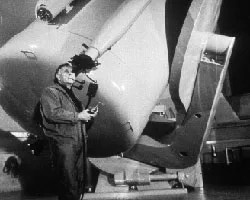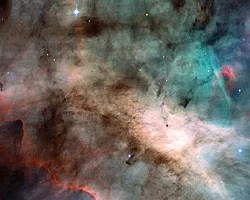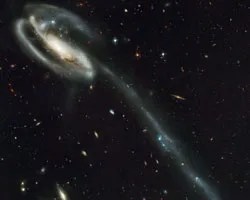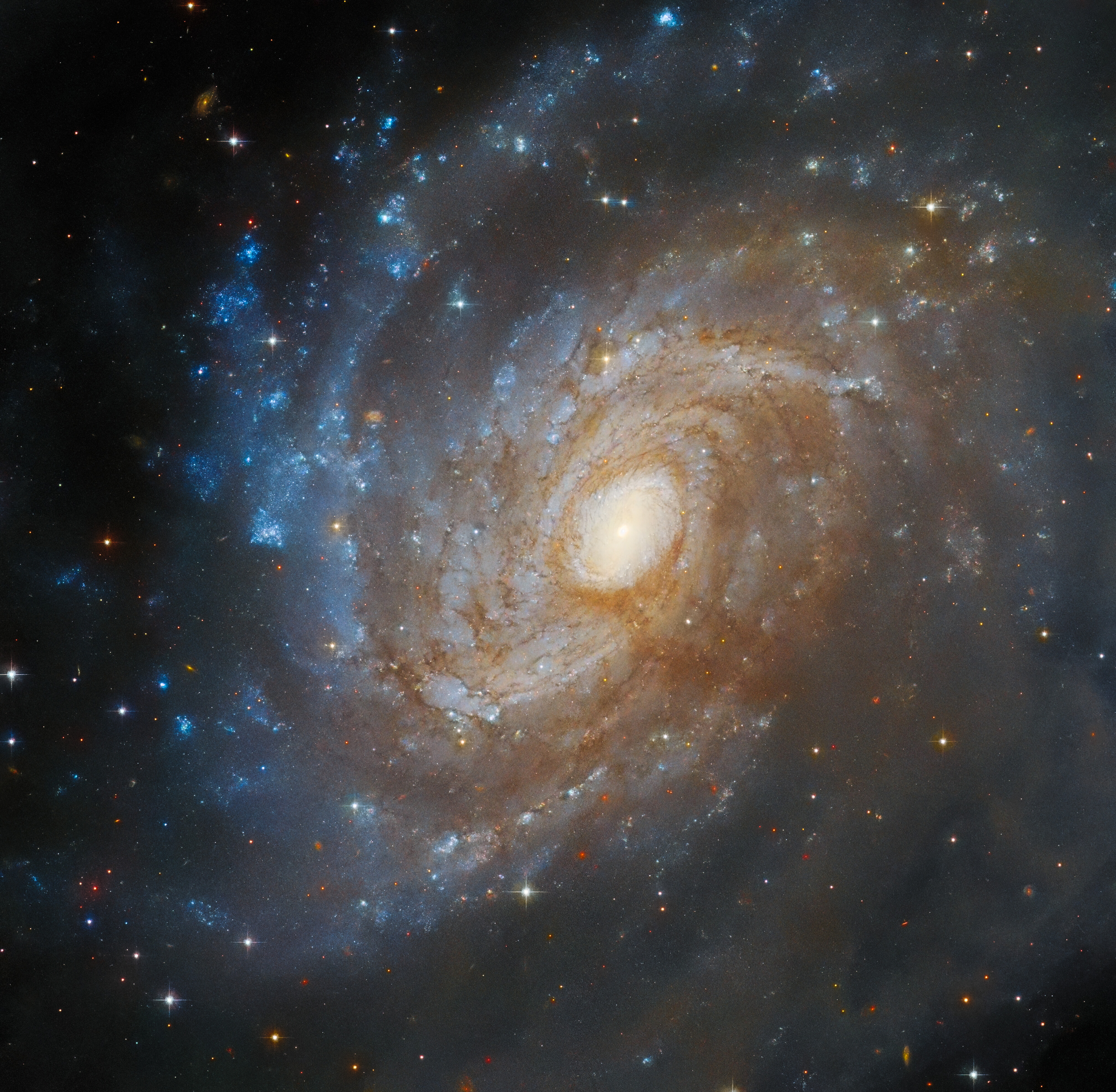4 min read
NASA named the Hubble Space Telescope to honor one of the leading astronomers of the 20th century.

Edwin P. Hubble assisted with the design of a 200-inch telescope and was a researcher at the Mount Palomar and Wilson Observatories. When asked what he hoped to find with the lengthy telescope, Hubble replied, "We hope to find something we hadn't expected."
Nov. 20, 1889-Sept. 28, 1943
The Hubble Space Telescope (HST) has made some of the most dramatic discoveries in the history of astronomy, perfectly reflecting and exceeding Hubble's vision of space exploration.
Hubble originally studied to become a lawyer and received his bachelor's degree from the University of Chicago in 1910. That same year he was awarded a Rhodes Scholarship to study law at Oxford University in England. He returned to the United States in 1913 and practiced law "halfheartedly."
In his own words, Hubble said he "chucked the law for astronomy, and I knew that even if I were second-rate or third-rate, it was astronomy that mattered." In 1914, he returned to the University of Chicago to complete his doctorate in astronomy.
Hubble was far from second-rate. He received many awards for his outstanding achievements and advancements in the field of modern astronomy. He was active at his life's passion until his death in 1953. Edwin Hubble, like his namesake, had reached great heights of success.
The Hubble Telescope was originally designed in the 1970s and deployed in April 1990 by the crew of the Space Shuttle Discovery. HST orbits 375 miles above Earth, working around the clock to unlock the secrets of the Universe.
The telescope has been crucial in the investigation of dust and gasses around newly born stars and in revealing the complex processes taking place in star-forming galaxies. Among those invisible to Earth-bound telescopes are brown dwarf stars, which are enormous in size but give off virtually no light. Only through Hubble's infrared and ultraviolet lenses can near-invisible celestial bodies be captured.

At right is the center region of the Omega Nebula (M17) captured by Hubble. A hotbed of newly born stars wrapped in colorful blankets of glowing gas and cradled in an enormous cold, dark hydrogen cloud. The region of the nebula shown in this photograph is about 3,500 times wider than our solar system. The nebula, resides 5,500 light-years away in the constellation Sagittarius.
Servicing missions to the Hubble were designed to be "astronaut friendly" and performed when necessary. The first servicing mission (SM 1) was launched from the Space Shuttle Endeavour in December 1993. The mission's main assignment was to correct the optics flaw in Hubble's primary mirror. A flaw one-fiftieth the thickness of a human hair, in the grinding of the mirror, was discovered that resulted in fuzzy images.
Installation of the Corrective Optics Space Telescope Axial Replacement (COSTAR) instrument, which is about the size of a telephone booth, placed five pairs of corrective mirrors in place which countered the effect of the original mirrors. Other installations and replacements were accomplished on this mission and in Servicing Missions 2, 3A and 3B. For mission SM3B, the fourth and last visit to Hubble in March 2002, astronauts trained for five scheduled spacewalks to upgrade and service the telescope.

Edwin Hubble brought to the scientific community a brilliant discovery about the nature and movement of galaxies. His inspired design and development of powerful telescopes helped us see further into the cosmos then ever before.
At left is the Hubble imaged Tadpole Galaxy (UGC 10214). The Tadpole Galaxy received its distorted form by a collison with another small hit-and-run galaxy whose gravitational pull created the long tail of debris, consisting of stars and gas that stretch out more than 280,000 light-years. The Tadpole resides about 420 million light-years away in the constellation Draco.
After nearly 14 years in space the Hubble Space Telescope is expected to continue providing its unprecedented data gathering for several more years before being taken off-line. The Hubble Telescope is part of NASA's Great Observatory Program which includes the Chandra X-Ray Observatory, the Compton Gamma-Ray Observatory and the newly renamed Spitzer Telescope.
For further information, visit:
NASA's John F. Kennedy Space Center and Goddard Space Flight Center







